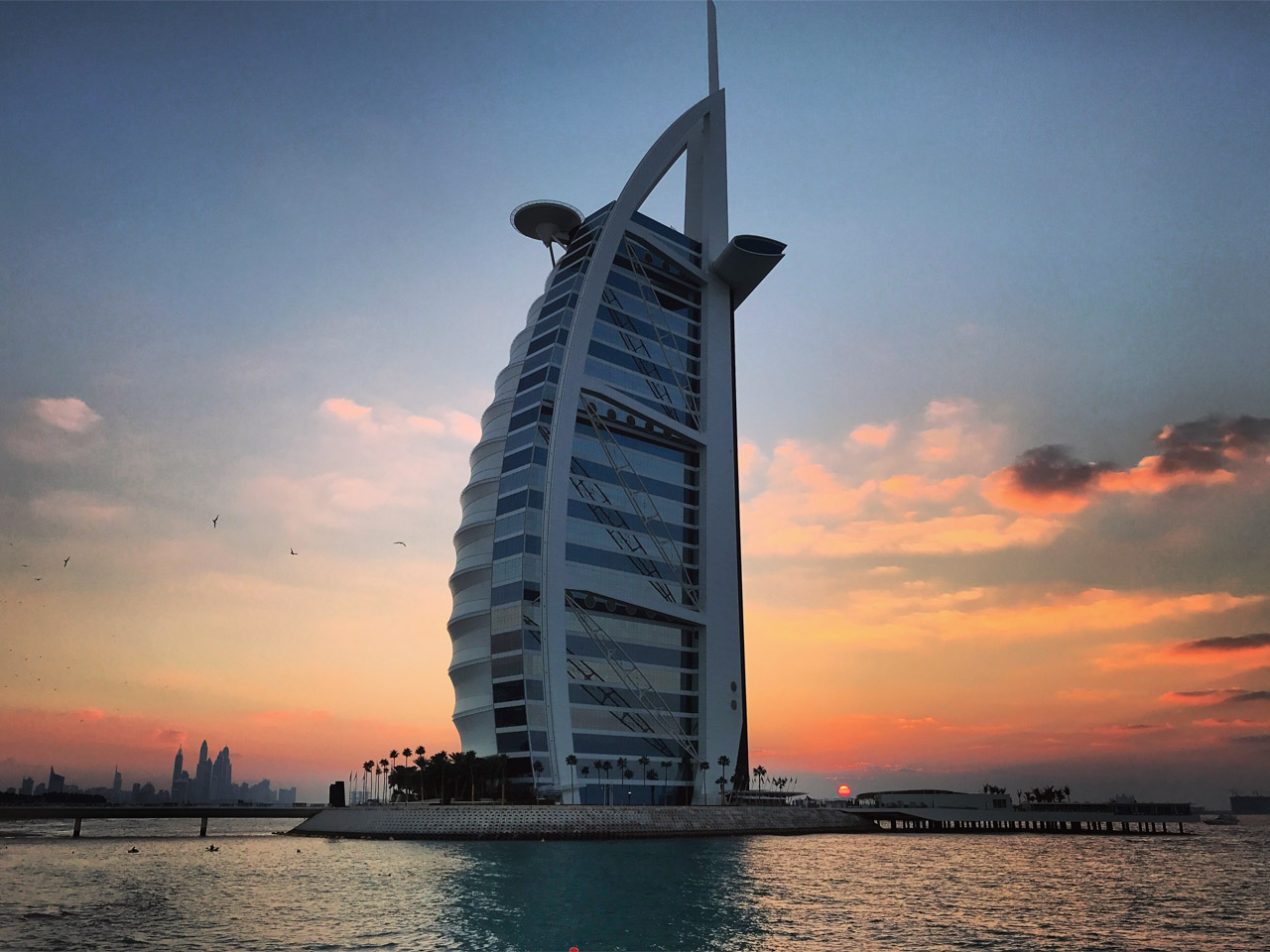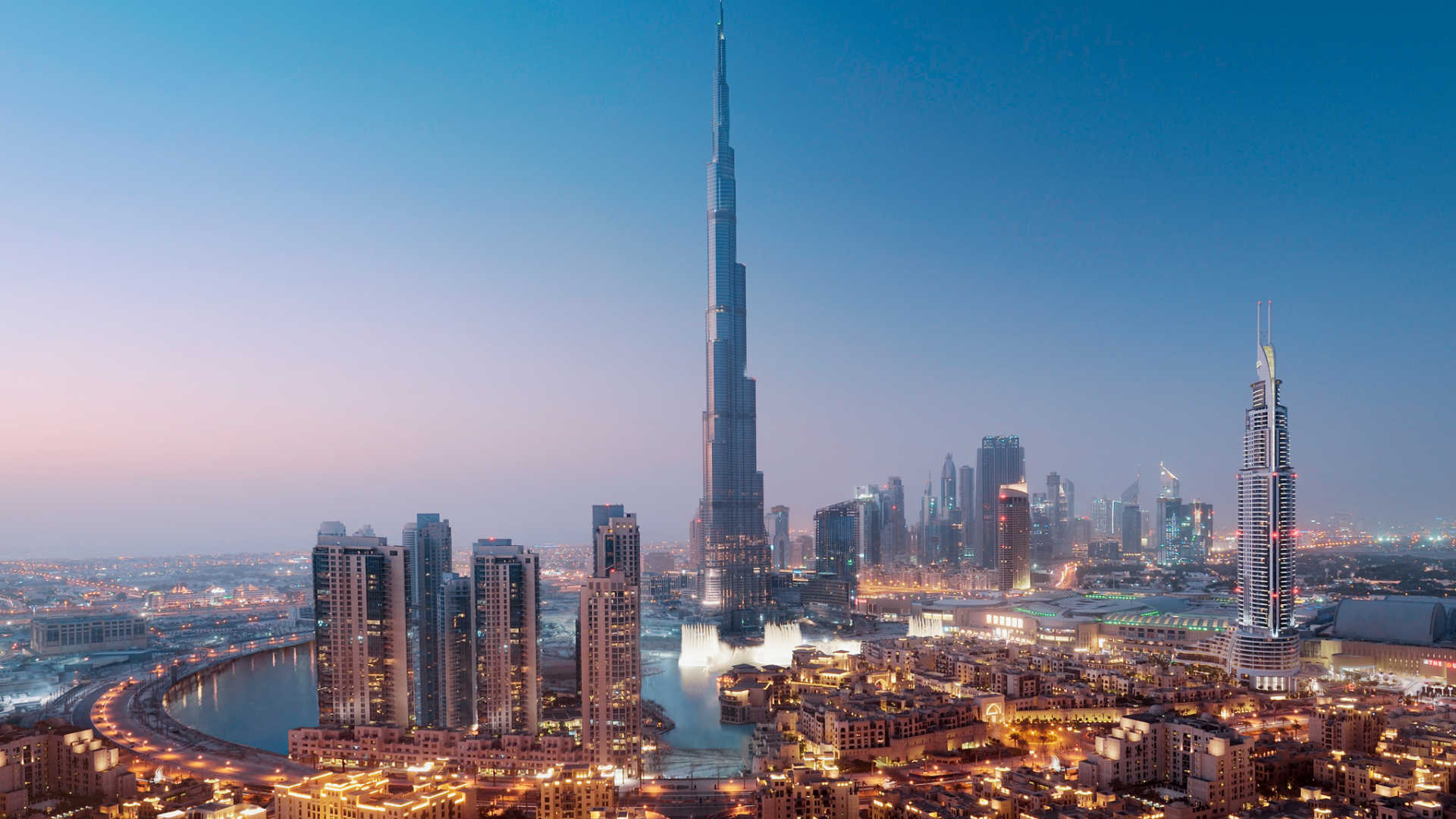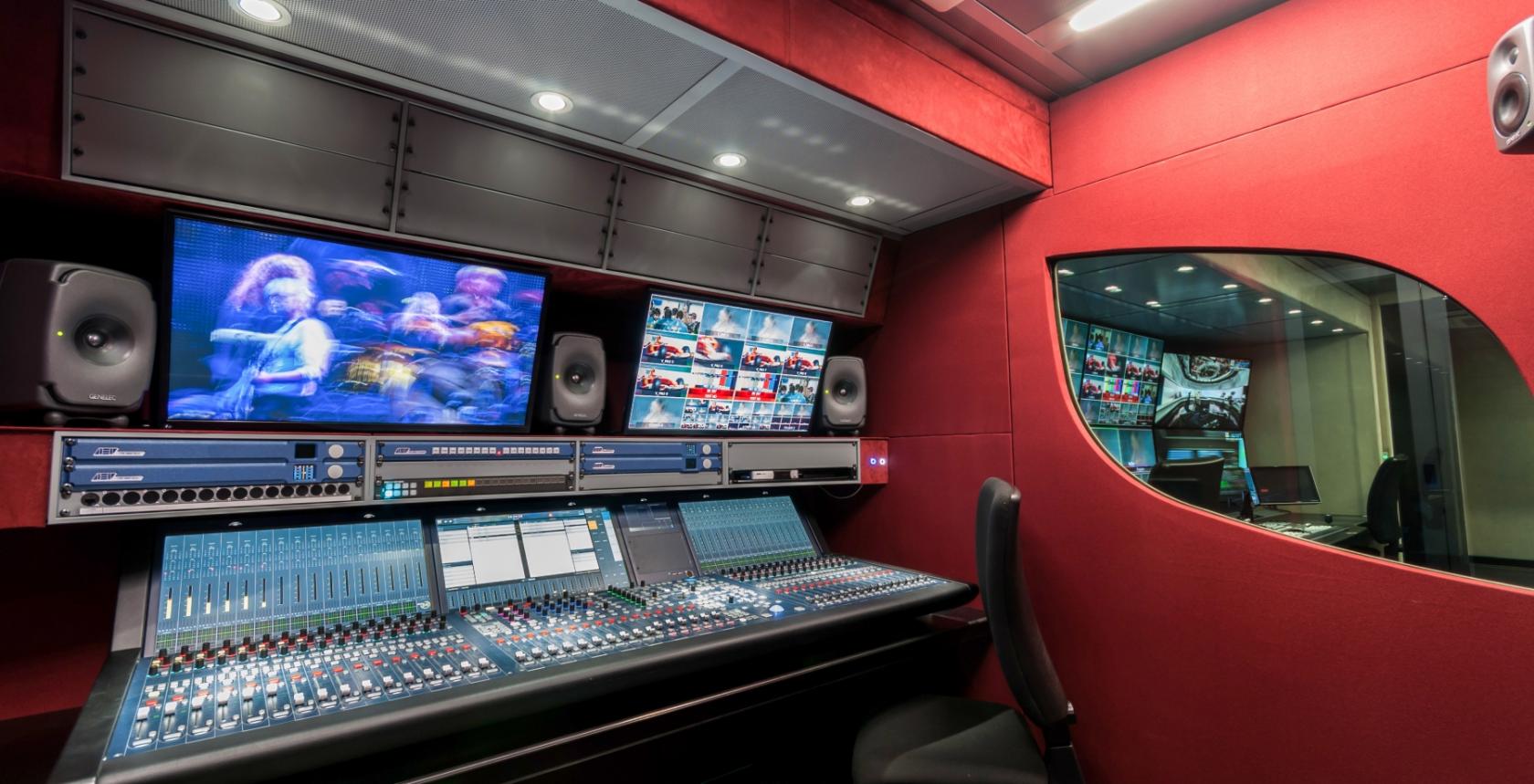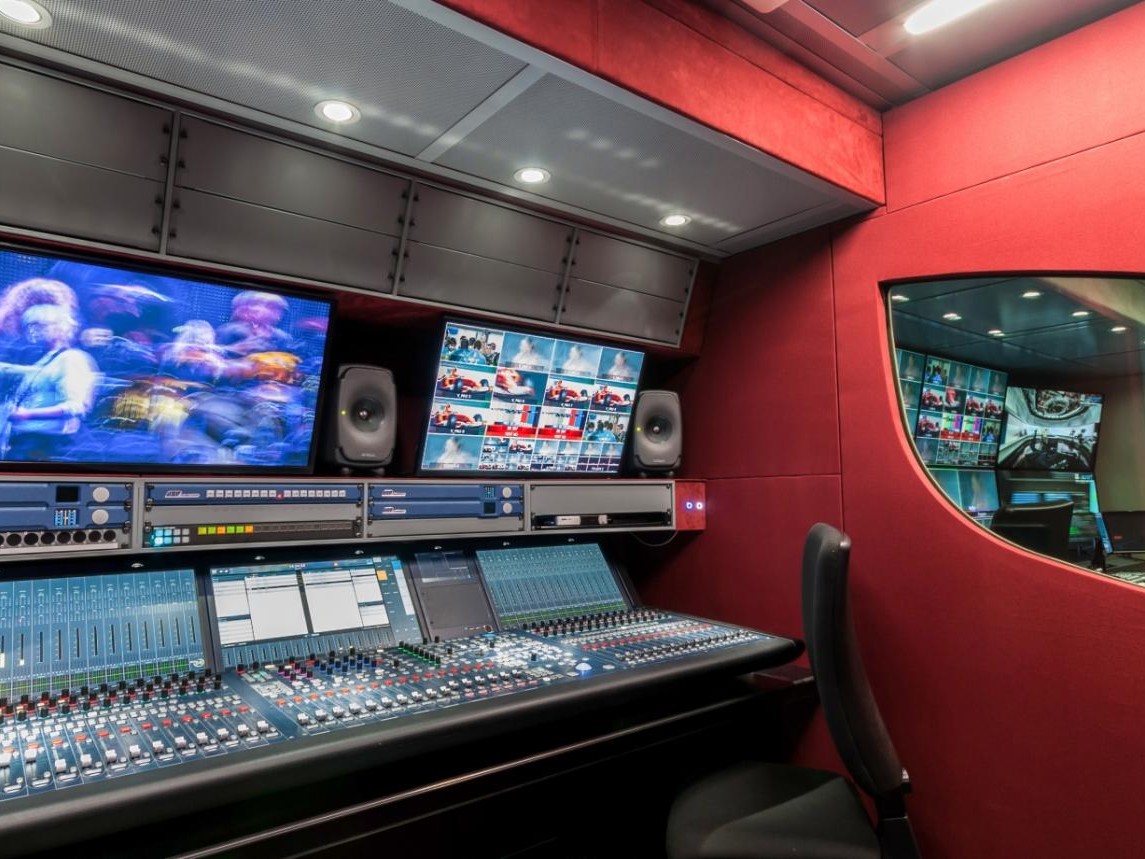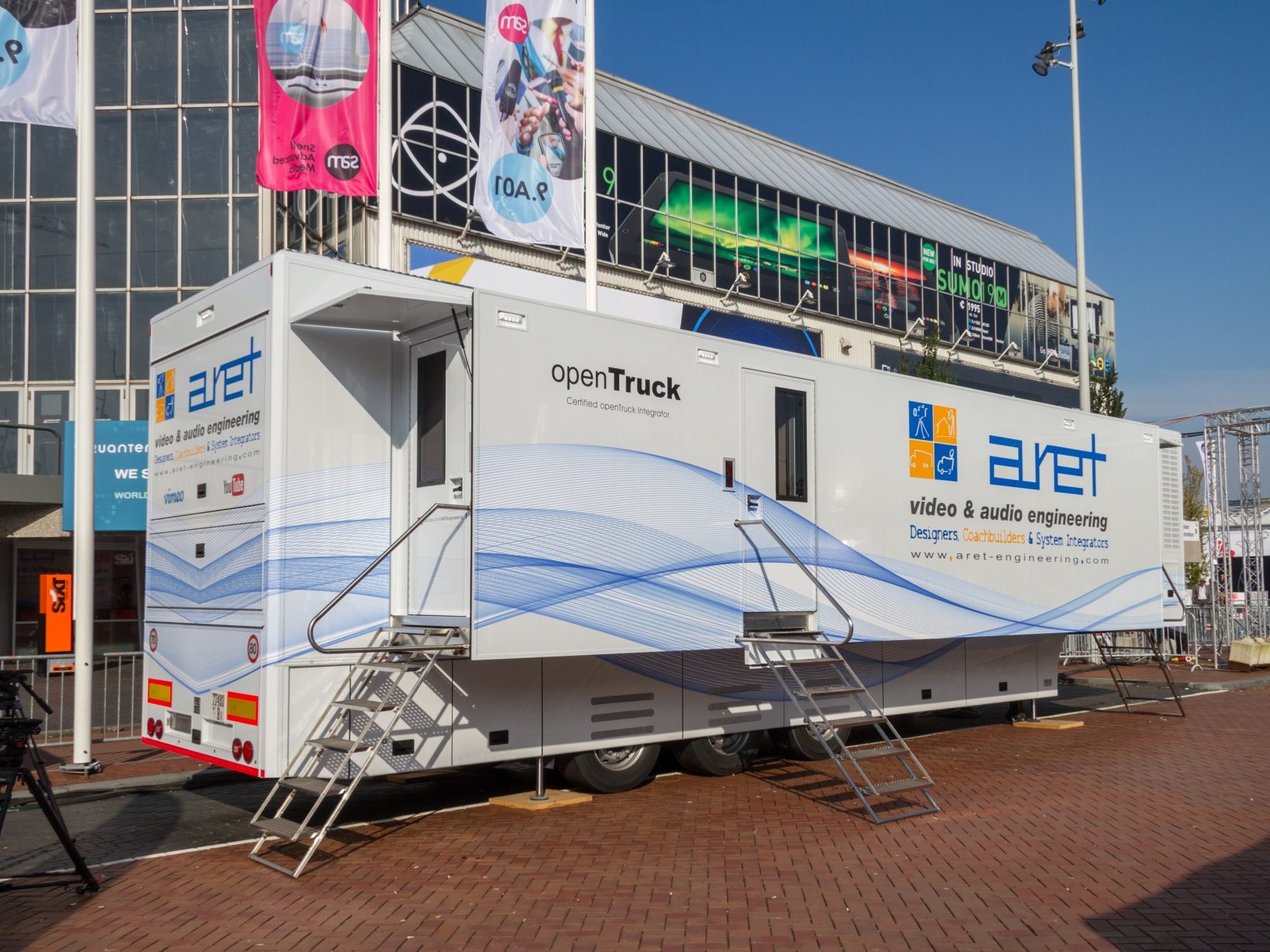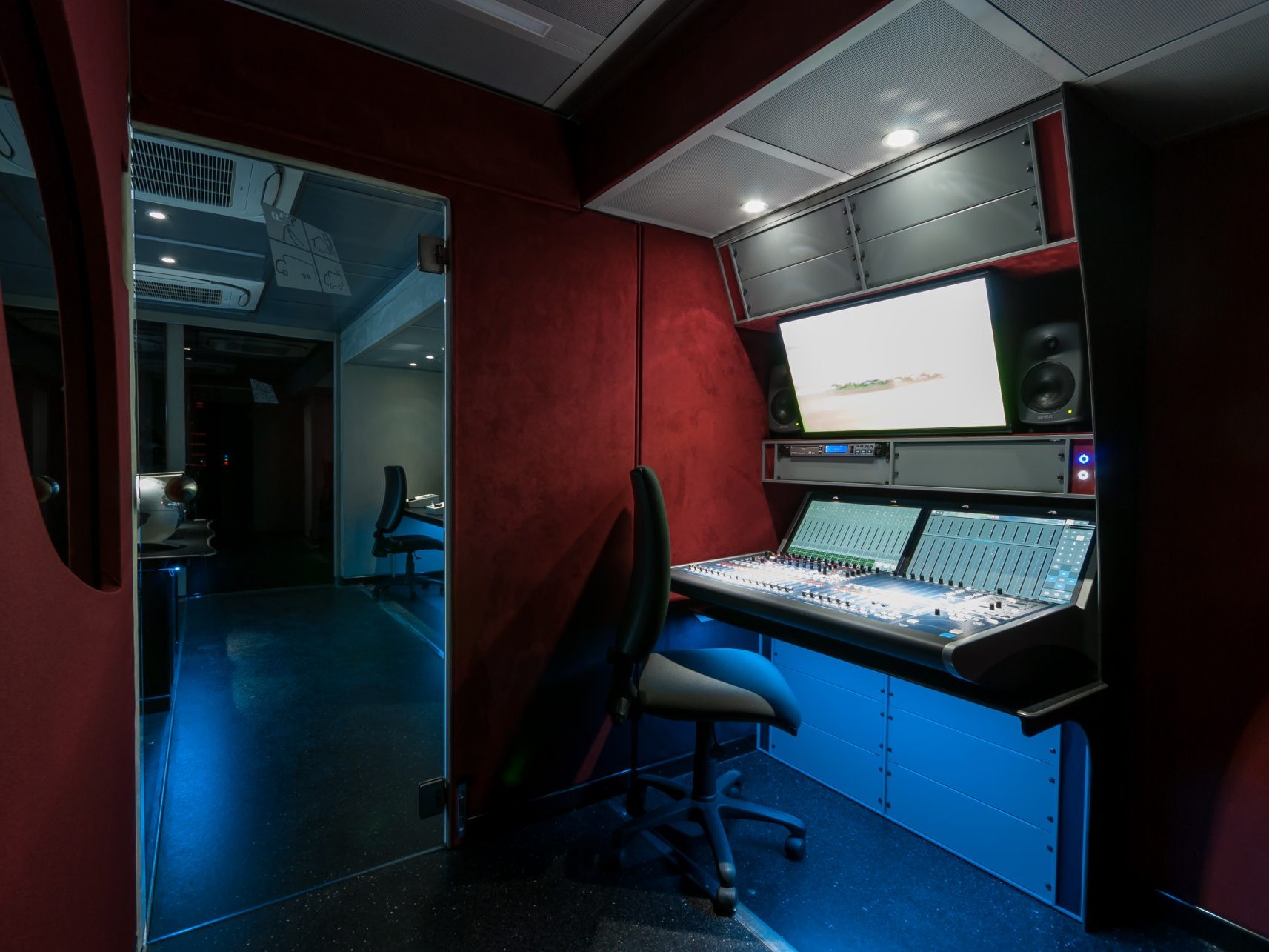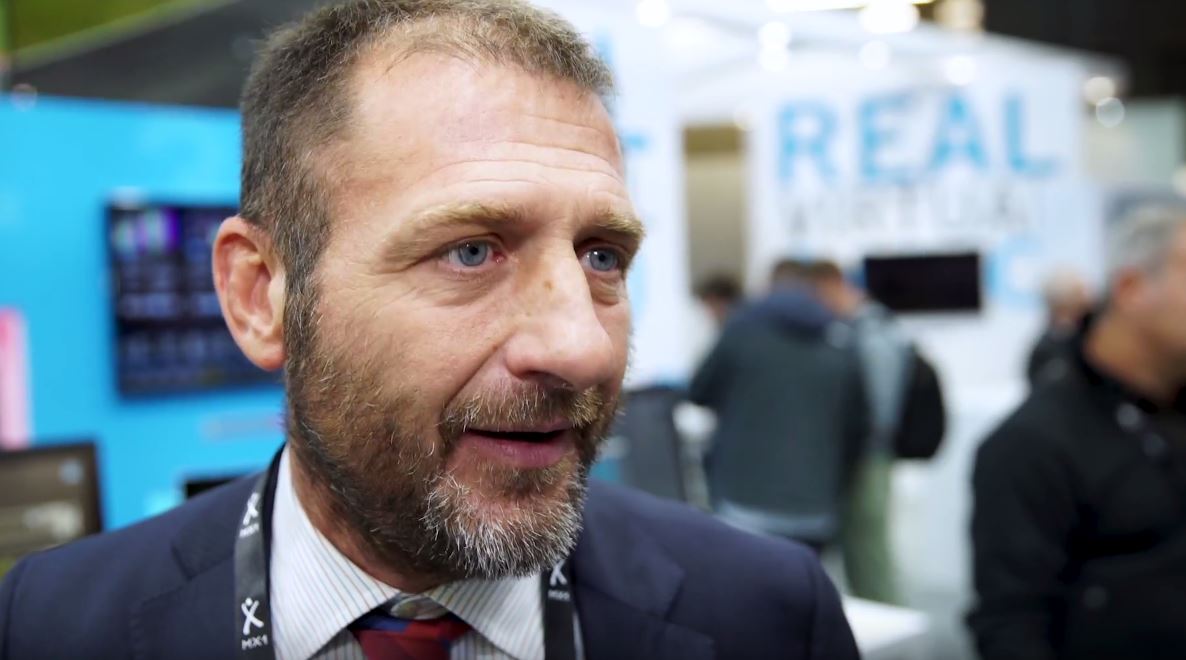News
Thank you for your visit at CABSAT 2018
Thank you for visiting our stand ZB5-B80 at the Dubai World Trade Centre
ARET at CABSAT 2018
Booth: ZB5-B80
Date: January 14 – 16, 2018 | Sun – Tue
Venue: Dubai World Trade Centre
We would like to thank all our stand visitors for taking their time to visit our stand during CABSAT 2018 in Dubai on 14-16 January 2018.
We enjoyed meeting you and were glad that you had the chance to see all our latest projects and the new products on the market. Also, we are pleased that you had the opportunity to discuss your current business and future perspectives.
Please do not hesitate to contact us at info@aret-engineering.com for any questions or further information. Scroll down the page for the new video of this 2018 edition at the Dubai World Trade Centre.
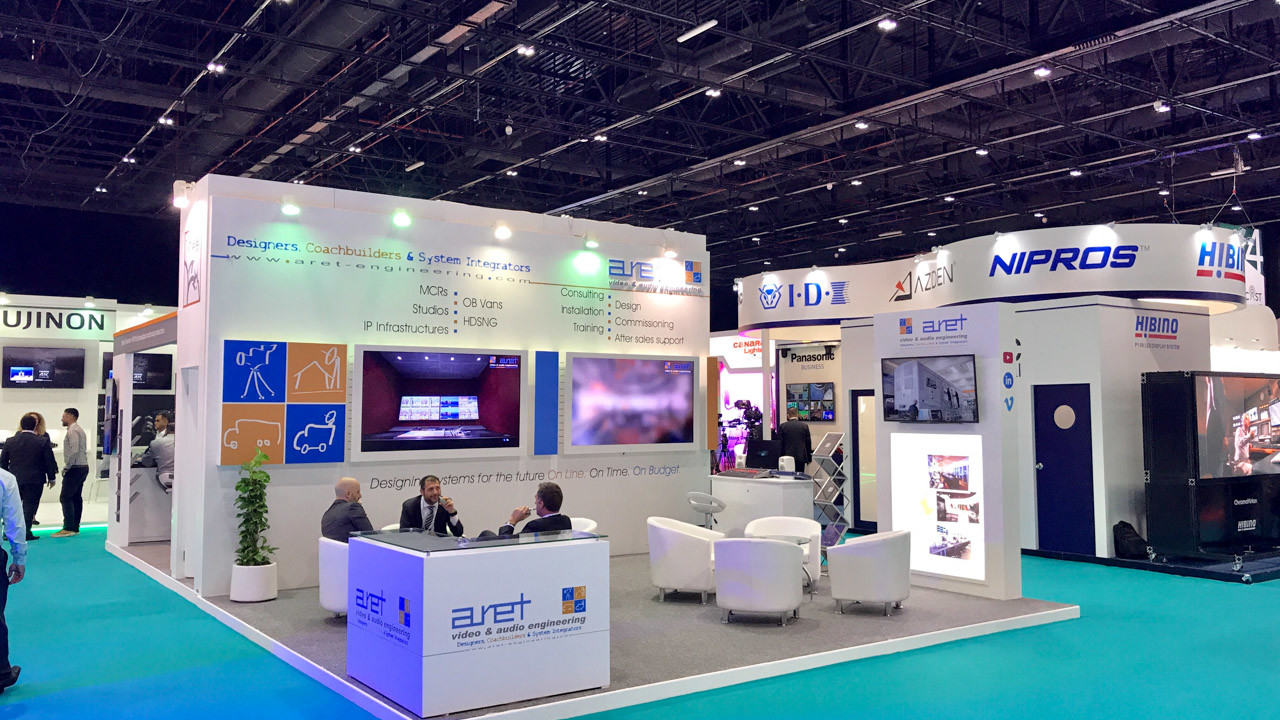
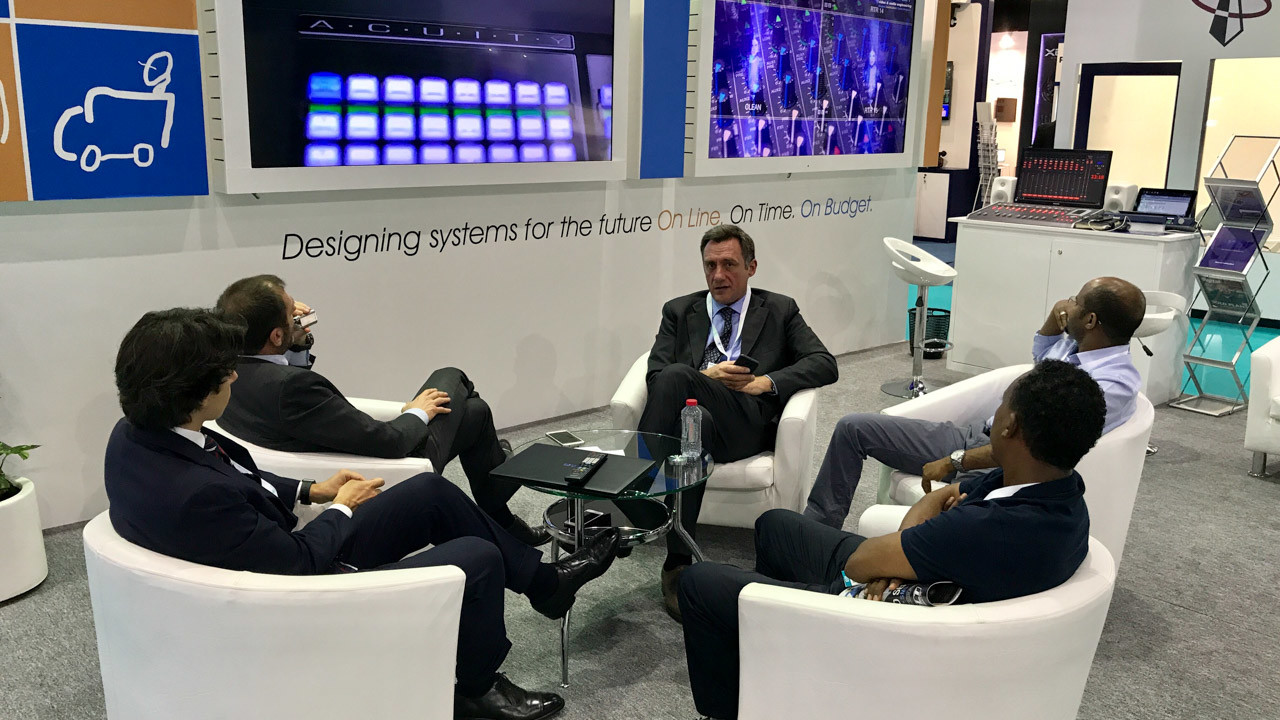
CABSAT 2018
Join ARET in Dubai for CABSAT 2018: stand ZB5-B80
ARET at CABSAT 2018
Booth: ZB5-B80
Date: January 14 – 16, 2018 | Sun – Tue
Venue: Dubai World Trade Centre
ARET is exhibiting at CABSAT 2018 in Dubai at the Wolrd Trade Centre from January 14-16. Come and join us at stand ZB5-B80 to know all about our latest projects and to learn about the new products and solutions available.
Recently, we brought to life our products in an effective way to engage the visitor’s attention. Our stand will feature large video monitors where we are presenting all the videos of our latest projects with stunning quality. Every project is illustrated from technical and design points of view: with 4K video quality and on-screen graphics, the video guides the viewer from the very beginning, providing essential information to appreciate even more the product.
This guided experience allows the viewer to perceive even the smallest details of the OB Vans and Studios that otherwise are only visible in person. Also, it is possible to notice the different lighting setups and production configuration that can be created inside the various production areas of the OB Vans.
To find out more about the exhibition, visit the company’s official space on the exhibition website: https://www.cabsat.com/exhibitors/aret-video–audio-engineering
Waiting for the upcoming 2018 edition, see what happened at CABSAT 2017 in March this year.
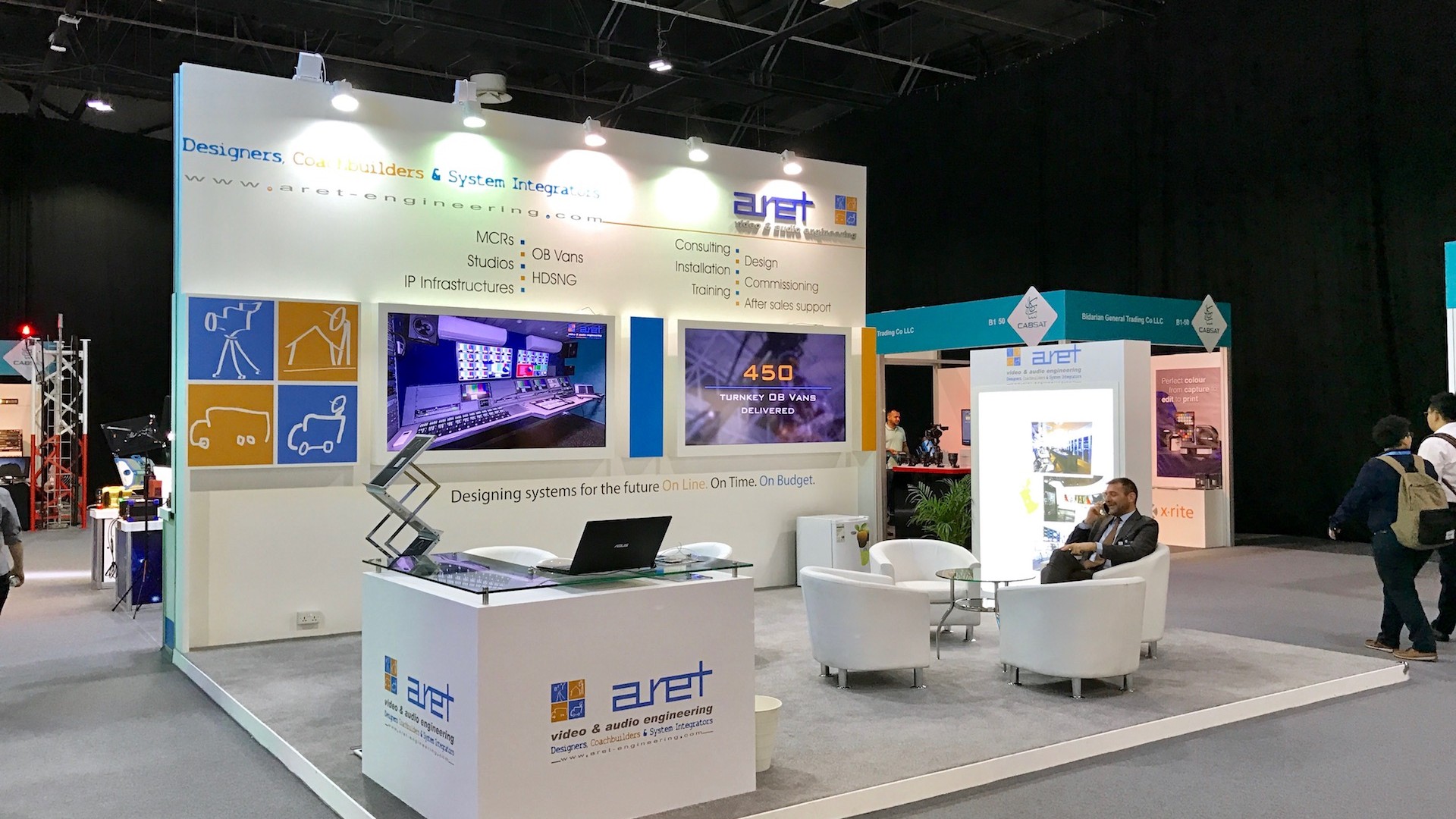
Reserve a meeting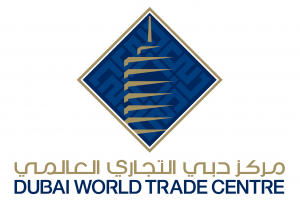
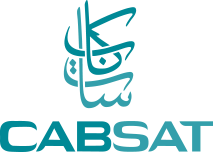


The first OB van in the world featuring the new 8331
Genelec’s The Ones are “the perfect choice” for ground-breaking ARET OB trailer
Italy’s ARET has created the first OB van in the world to feature the new 8331 point source monitors from ‘The Ones’ series by Genelec, the world leader in professional audio monitoring. Recently previewed at the IBC 2017 exhibition in Amsterdam, the trailer is a showcase of high-end outside broadcast technologies and integration. At the heart of its audio mixing area is a 5.1 surround sound system including the 8331s – described by ARET’s Vice President of Sales, Alessandro Asti, as “the perfect choice” for the vehicle.
A leading systems integrator and world-renowned provider of OB vehicles for more than 40 years, ARET has built the trailer as a template for future vehicles serving top-tier broadcast requirements, from sport to classical music. Featuring double expanding wings for a spacious working environment and innovative design features such as a partial glass interior to promote cross-truck collaboration, the vehicle is based upon a no-compromise specification.
“The idea behind the trailer is to demonstrate what is possible when we focus only on the highest-level technology and design, working in UHD with incredible sound to match,” explains Asti. “This OB van reflects the ARET philosophy of combining the best equipment with expert, turnkey integration. It offers a comfortable working environment for video and audio professionals, and it will deliver the best possible performance regardless of the climate, from the harshest cold weather to the most humid location. Everything inside the van is the result of ARET’s long experience, our engineering philosophy and our determination to choose the best.”
Two audio mix areas are located inside the trailer, the larger of which boasts a SAM 5.1 surround sound system comprising the three 8331A three-way coaxial monitors, plus two 8330A rears and a single 7360A subwoofer. The most compact of The Ones family, the 8331A offers the same precise imaging and wide sweet spot as its larger siblings, as well as allowing engineers to monitor at very close range and to work for longer without suffering listening fatigue. The smaller of the two mix areas offers a stereo set-up comprising two 8320A SAM two-way nearfield monitors.
Unlike many OB vans, the ARET trailer uses glass throughout much of its interior, improving collaboration between operators, but also creating a challenging acoustic environment. “The use of glass inside the van adds a lot of benefits, including insulating each compartment and allowing operators to communicate with one another visually,” reflects ARET Sales Engineer Alessandro Bechstein, “but of course it also creates acoustic challenges.”
“It is very difficult to create the perfect acoustic environment inside an OB van. Special acoustic treatment techniques, with particular attention to detail, have been used to insulate the audio room,” adds Asti. “Mixing has to take place in a space that’s very often affected by coachwork, by space being required for other equipment, and a whole range of external factors that do not allow you to create a space as you would in a fixed studio environment. As a result, Genelec’s GLM calibration software was very important.”
The use of GLM, and particularly AutoCal, has been crucial in ensuring that both mix areas are optimised to represent the best possible listening conditions. “The GLM software and AutoCal are very simple to use,” says Bechstein. “It’s a straightforward and quick solution with amazing results. In a relatively short amount of time you can calibrate the whole system and fully optimise it for your listening environment. Our knowledge of GLM and SAM, and our confidence in AutoCal made us comfortable with the use of glass and other design choices.”
He concludes, “The sound of The Ones is remarkable and even the appearance of the speakers is captivating, matching the high-class design of the trailer’s interior; everyone who has toured our OB van has been immediately struck by the outstanding quality of the sound system and the remarkable acoustics of the audio room. In the end, the real measure of a product is the final result of the project, and the final result is amazing.”
LAWO Broadcast 3.0
Smart production facilities
Join VP of Sales Alessandro Asti with Lawo and several industry experts discussing the broadcast industry’s current transition to Broadcast 3.0.
Broadcast 3.0 creates what can be called a “smart production facility”, be it a studio, a truck or a hybrid installation with distributed resources. The approach is based on the following prerequisites:
a. the deployment of IP networking technology for transport of video, audio, control and auxiliary data
b. function- and format-agnostic, software-defined processing hardware allowing to transfer data-center and cloud computing principles to broadcast core infrastructure
c. network- and resource-aware orchestration and control systems that can flexibly map available (hardware and virtual) infrastructure resources to production workflows
d. intelligent production technology that allows for automated workflows and technology-assisted productions.
<>


